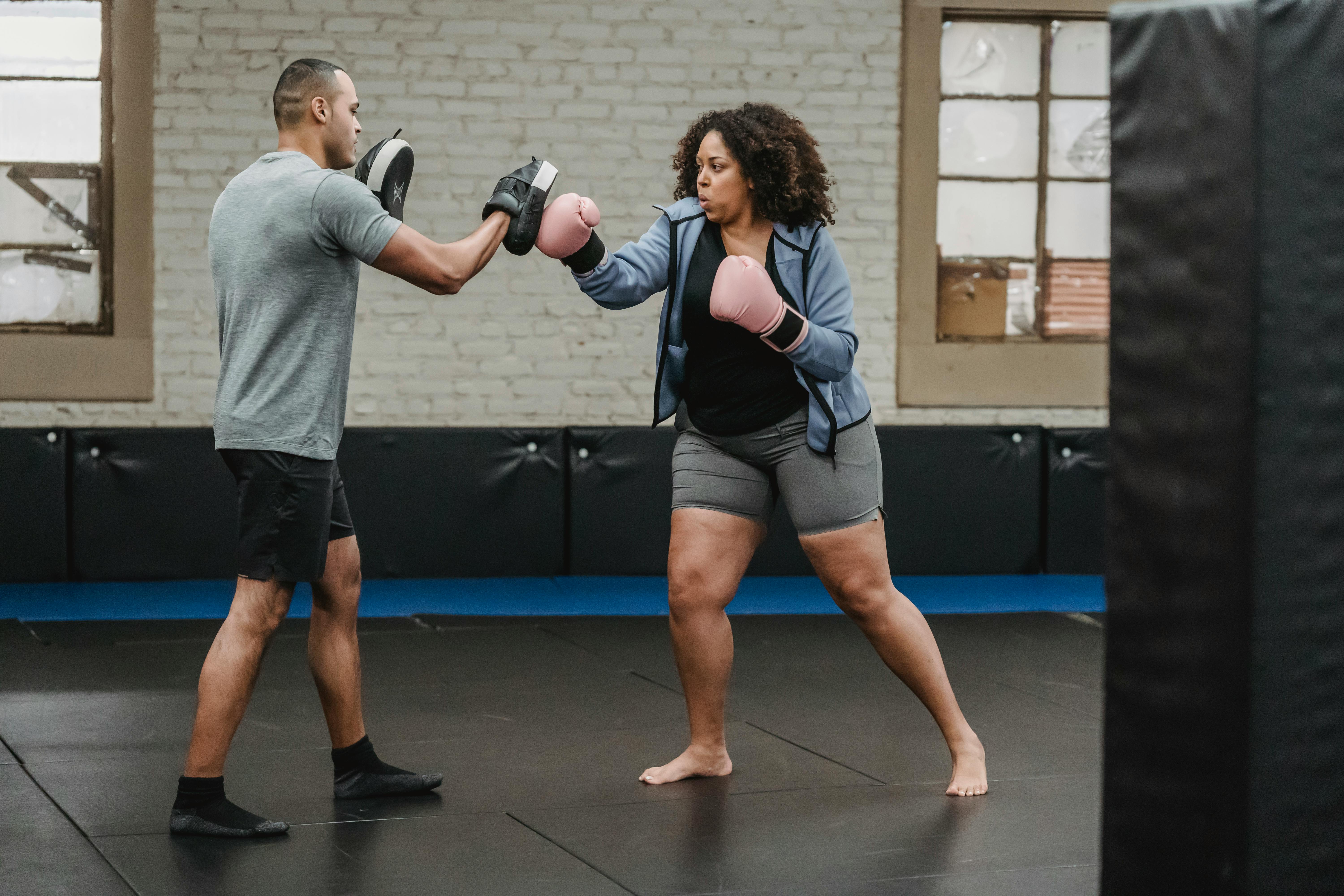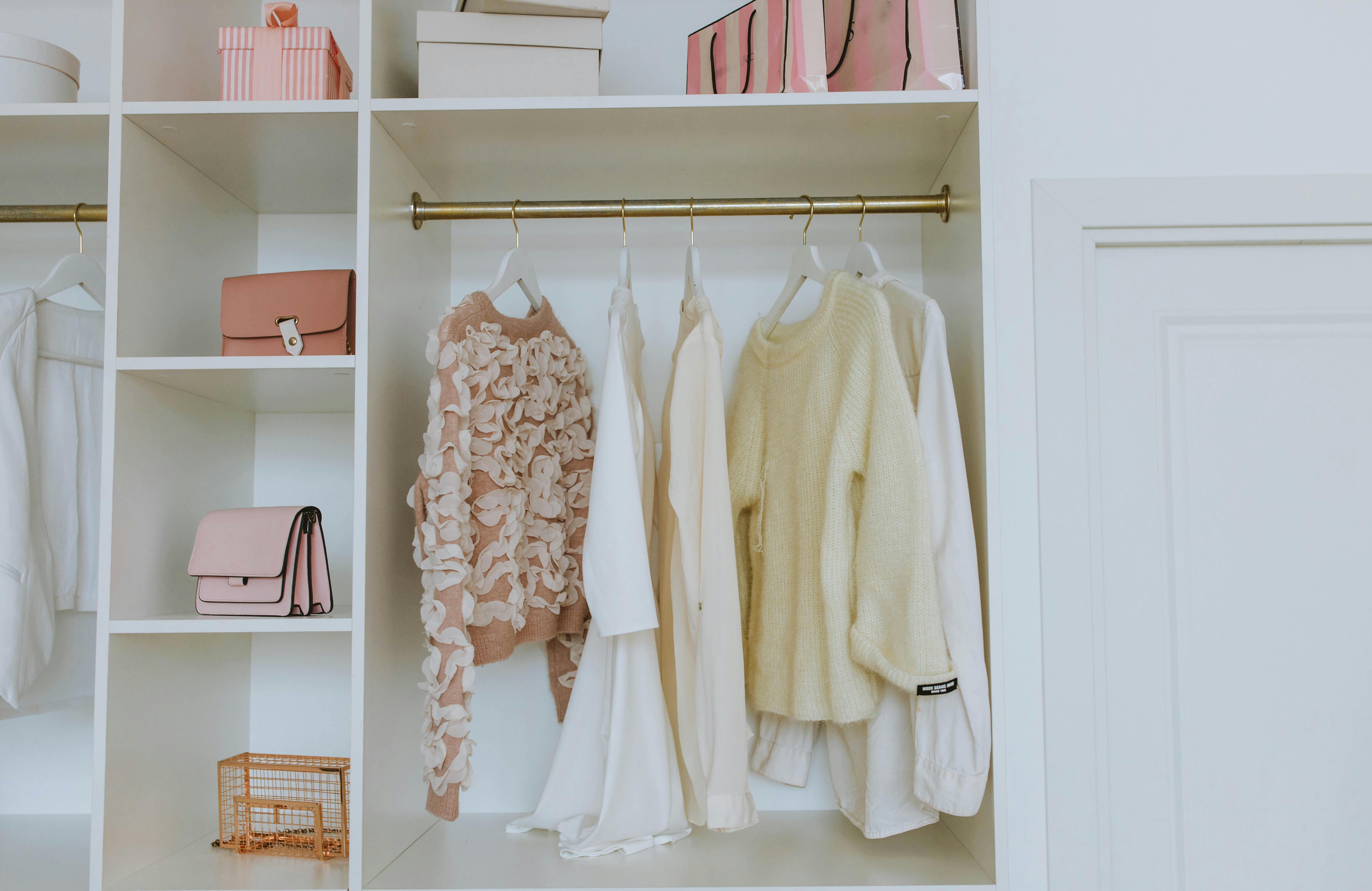Technological advances versus the traditional: it is an ancestral dilemma. Which is better? Well, in the case of the debate between BIM design and traditional 2D design, even traditionalists vote for the obvious benefits of BIM design using CAD architecture services. As multiple layers of BIM design benefits are revealed, the way forward becomes increasingly clear. Determining how and why BIM design is a more desirable methodology could be vital to increasing profits in the AEC (architecture, engineering and construction) industry.
First of all, what do we understand by BIM design?
An intelligent 3D model-based process, Building Information Modeling, or BIM, provides AEC professionals with information and tools to efficiently design buildings and infrastructure, while adding data (information) to the models for use. later. The BIM process involves the creation, evolution, and monitoring of digital representations of the physical and functional aspects of building design. This process is enabled through the generation of BIM files that contain large amounts of data that can be viewed, changed, or communicated to all stakeholders in a project. BIM software can be used to design services for water, garbage, electricity, gas, communications, as well as roads, bridges, tunnels, etc. The BIM process is not limited to generating only 3D models, but can provide more dimensions, such as 4D (time), 5D (cost), and 6D (as-built operation). Since the BIM process covers a wide range of functions, its benefits are many.
Benefits of BIM Design
- Improved quality – At any point in the design process, BIM allows for a significant degree of flexibility. The layout can be thoroughly explored and changed. Manual verification and coordination time is minimized, allowing other tasks to be completed.
- Raised Speed – Design and documentation can be done simultaneously using the BIM process. Therefore, schedules, diagrams, drawings, estimates, value engineering, planning, and other forms of communication are generated while the design process is ongoing, saving time.
- reduced cost – Smaller technical teams can handle work previously done by larger teams, reducing miscommunication and lowering costs. Thanks to higher document quality and more efficient planning, time and money are saved in processes.
And now, what is 2D design?
Design elements in 2D design, as the title suggests, are only represented in two dimensions, length and width. Typical 2D design documents consist of plan, view, and section.
The plan consists of the outline of the building, the rooms, the structural elements (walls, etc.), the furniture, the dimensions, the heights, the open spaces, the openings (doors, windows), all drawn to scale and as shown. I would see from above. Fixtures such as sinks, water heaters, ovens, etc., as well as construction notes, may also be included. Floor plans are required for views and sections.
A section is a 2D drawing of what a building would look like if it were cut in half vertically to reveal the interior view. You can show steps, doors, windows, etc. Section drawings and floor plans are to the same scale.
A view depends on the point of view. Usually there are front views, rear views, left and right views. A view will consist of floor section lines, visible structural elements such as doors, windows, balconies, walls, furniture, and even plants.
Benefits of 2D Design
As design moved from traditional paper drawings to digital 2D, sketches and drawings became easier and faster to generate and share. Working on a global scale became easier and more effective.
Disadvantages of 2D design
2D design is limited by its nature, and drawings cannot fully explore the wide range of design options adequately. Limited information or data can be included in the 2D design.
So how does BIM design compare to 2D design? Some of the key areas in which BIM design outperforms 2D design are:
Information
There is a wealth of data available, such as aerial imagery, digital elevations, and laser scans of existing structures, with a BIM design that can be compiled and shared in a model, unlike anything conveyed by 2D drawings.
Less reprocessing
Working on a shared model means there is less rework and duplication of drawings. With more information than a 2D drawing, each discipline can be annotated and connected to the project in the BIM design. With faster tools, BIM design allows you to host a database that helps stakeholders know when there are changes or updates, minimizing rework.
Greater collaboration
With a digital workflow, more features make it easier to collaborate with BIM design than with 2D design. Many of these features are delivered in the cloud, with BIM 360/Collaboration for Revit (C4R) being one of the solutions. All stakeholders can review and annotate input on project changes, increasing collaboration.
Accurate display
Simulation tools in BIM design allow you to see a project in different light conditions and calculate the energy performance of a building. Further analysis and modeling can be done for effective project design. Renders are easily created in 3D for marketing purposes and to gain approvals.
Improved conflict resolution
Elements from different disciplines may collide at some point, for example, electrical conduit meeting conduit or a beam. With BIM design, conflicts are identified at an early stage, which reduces conflicts on the site. This design method also helps ensure that precast components fit properly into previously designed spaces.
proper process
BIM design allows the design process to be coordinated and in the correct sequence, with the right materials and resources for greater efficiency.
work faster
Since the BIM design process involves sharing plans, sections, elevations, and reports and updates with the entire project team, the overall design process becomes faster than with a 2D design method.
easy accessibility
The BIM design model is connected to a large database, which can be hosted in the cloud. The use of BIM 360 software allows access to this information on any device, from anywhere.
more effective communication
When using 2D design, many separate documents are needed to get a complete view of the project. With BIM design, all documents are in a single view, allowing for better communication.
Ultimately, 2D and 3D CAD services BIM services Both are effective during the course of design, but the benefits of BIM services are too great to ignore. With the easy availability of offshore BIM consulting services, both 3D BIM design and consulting can be procured easily, reliably, and cost-effectively.









